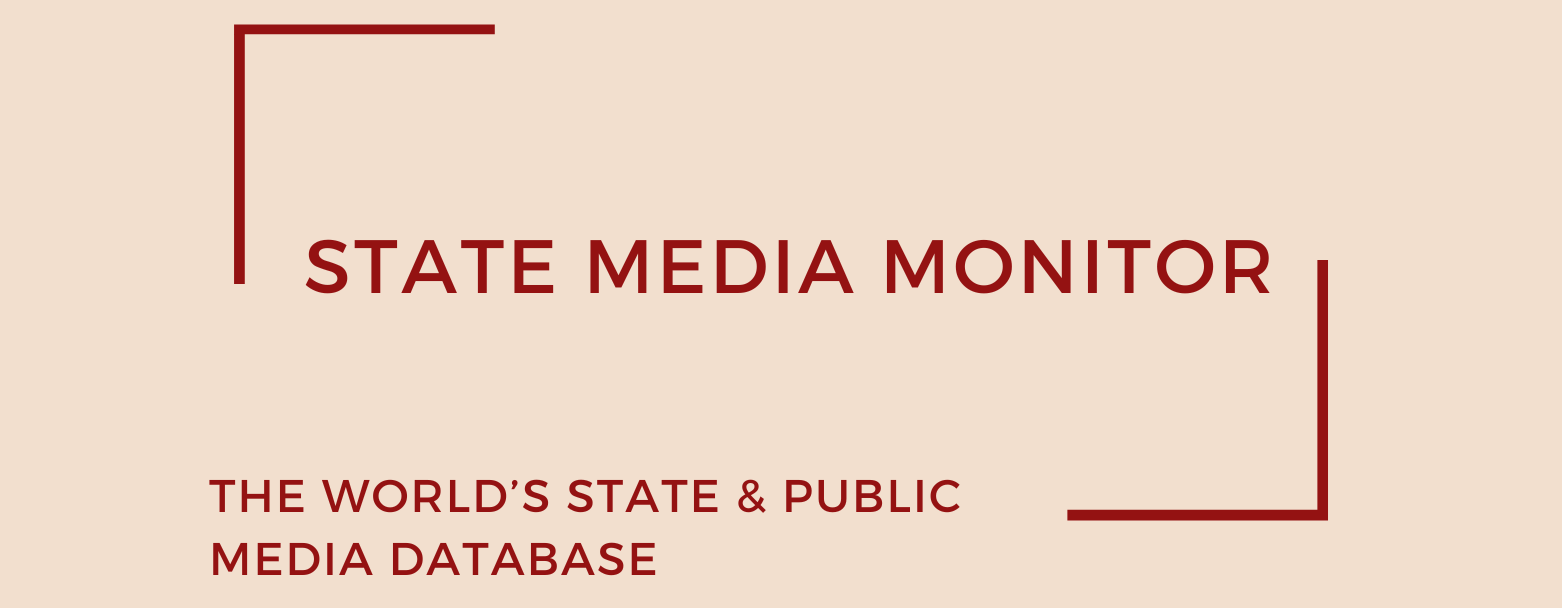State and Public Media in Eurasia in 2023
2023
The situation of state media in the Eurasian region remains grim, with the state exerting significant control over national media landscapes. Traditional media outlets like television and radio dominate in these countries, boasting extensive reach and a sizable audience. Their widespread popularity makes them a desirable tool for governments, who exploit them to further their own agendas.
An alarming 97% of the 65 state media outlets in the Eurasia region are under strict government control, more or less the same as in the previous year. Furthermore, approximately 80% of these state media organizations adhere to the state-controlled model, with the others fitting the captured media model. Notable examples of the latter include Russia’s Channel One, Gazprom Media, and National Media Group. Additionally, several media outlets from Azerbaijan, such as Azad Azerbaijan and ARB Media Group, are classified as captured private media entities.
Each of the 65 state media companies mapped as part of our study operates a wide range of news outlets, including newspapers, television and radio stations, and internet portals, wielding significant influence over public discourse.
Russia continues to play a leading role in developing its media sector, preponderantly shaping its media as propaganda weapons. As the international information war continues to intensify, faced with substantial criticism in the media, particularly from Western sources, the Russian-based media outlets have come under increasing pressure to align themselves with the directives of the state authorities in Moscow.
Uncovering the extent of Russian influence in the international media scene continues to be an arduous task. The Russian government has diligently constructed a burgeoning network of media operations targeted at international audiences, all while maintaining a shroud of secrecy. Numerous online portals are evasive and elusive, posing challenges for journalists and experts in their efforts to identify state control. Consequently, the actual number of media outlets affiliated with the Russian government and operating beyond its borders is believed to far surpass what has been officially recorded thus far.
As noted in our analysis last year, it is evident that all countries in our Eurasia sample lack substantial safeguards to uphold editorial independence. The media environments in these nations, such as Azerbaijan, Belarus, Russia, and the Central Asian countries included in this study, are among the most restrictive and perilous worldwide. Media professionals constantly face severe government control, exposing them to the constant risk of fines and threats if they fail to comply with the official narrative.
State media outlets are predominantly controlled by those in positions of power, either directly by the state or through state-run institutions. The remaining media entities are often owned by influential businessmen and oligarchs who maintain close connections with ruling politicians. A case in point can be seen in Azerbaijan, where privately-owned media organizations have been taken over by the president’s family or their trusted associates.
Only two state/public media in the region enjoy editorial independence: the National Public Broadcasting Company (UA:PBC) in Ukraine, which has seen improved editorial independence following the implementation of the Law on Public Television and Radio in 2014; Teleradio-Moldova, which benefits from protection under the Audiovisual Services Code and is overseen by an Ombudsman who ensures its editorial performance.
Read Eurasia Overview 2022
Read Eurasia Overview 2021
Citation (cite the article/profile as part of):
Dragomir, M. (2025). State Media Monitor Global Dataset 2025.
Media and Journalism Research Center (MJRC).
Zenodo.
https://doi.org/10.5281/zenodo.17219015
This article/profile is part of the State Media Monitor Global Dataset 2025, a continuously updated dataset published by the Media and Journalism Research Center (MJRC).
